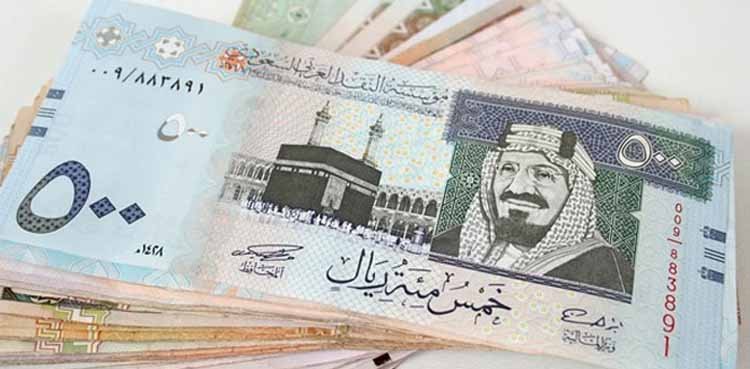
KARACHI, June 26, 2025 – The Saudi Riyal (SAR) has seen a modest uptick against the Pakistani Rupee (PKR) in the open market, with the buying rate climbing to Rs75.63, up from Rs75.59 on June 24, according to currency dealers. The selling rate also rose slightly, reaching Rs76.20. This marginal increase reflects routine market fluctuations driven by steady remittance flows and seasonal demand, underscoring the Riyal’s pivotal role in Pakistan’s economic landscape.
Introduction to the Saudi Riyal and Pakistani Rupee
The Saudi Riyal (SAR), the official currency of Saudi Arabia, is subdivided into 100 halala and has been a cornerstone of the Kingdom’s economy since its establishment. Managed by the Saudi Central Bank and pegged to the US dollar, the Riyal enjoys stability, making it a reliable currency for international transactions. Its consistent value is critical for millions of Pakistani expatriates working in Saudi Arabia, whose remittances bolster Pakistan’s foreign exchange reserves.
The Pakistani Rupee (PKR), symbolized as ₨, is the official currency of Pakistan, regulated by the State Bank of Pakistan under a managed floating exchange rate regime. Introduced in 1948 following Pakistan’s independence, the Rupee’s value is influenced by domestic economic conditions, including inflation, trade balances, and remittance inflows. The interplay of supply and demand in the foreign exchange market shapes its valuation against major currencies like the Riyal.
1 SAR= 75.63 PKR
Importance of the Saudi Riyal for Pakistanis
The Saudi Riyal holds immense significance for Pakistan due to the strong economic and labor ties between the two nations. Saudi Arabia hosts a large Pakistani expatriate community, with millions working in sectors such as construction, healthcare, and services. These workers sent $913.3 million in remittances in May 2025 alone, making Saudi Arabia the top source of Pakistan’s remittance inflows, according to the State Bank of Pakistan. Cumulatively, remittances from July 2024 to May 2025 reached $34.9 billion, a 28.8% increase compared to the previous fiscal year, highlighting the Riyal’s critical role in stabilizing Pakistan’s economy.
For Pakistani families, the SAR-PKR exchange rate directly affects household income. A stronger Riyal, as seen with the recent uptick to Rs75.63, means expatriates can send more Pakistani Rupees home, boosting spending on essentials like education, healthcare, and housing. For instance, converting 1,000 Saudi Riyals at the current buying rate yields Rs75,630, providing tangible financial relief to families reliant on these funds.
Impact of Exchange Rate Movements
The slight strengthening of the Saudi Riyal against the Pakistani Rupee has both immediate and broader implications. For individuals, the increase enhances the value of remittances, offering a buffer against inflation and rising living costs in Pakistan. Businesses engaged in trade with Saudi Arabia, particularly those importing oil and petrochemicals, benefit from a stable Riyal, as it ensures predictable transaction costs. However, a stronger Riyal can marginally increase the cost of imports for Pakistan, putting pressure on the trade deficit.
On a macroeconomic level, the SAR-PKR exchange rate influences Pakistan’s foreign exchange reserves and economic planning. A stable or stronger Riyal supports the Rupee’s value, helping control import-driven inflation. Conversely, a weaker Rupee, as observed earlier in June when it depreciated against major currencies, can enhance export competitiveness but risks higher import costs. The State Bank of Pakistan closely monitors these trends to balance economic stability, with remittances playing a pivotal role in maintaining reserves, which crossed $11 billion in October 2024.
Looking Ahead
The modest gain in the Saudi Riyal’s value reflects ongoing demand and supply dynamics in the currency market. Traders and policymakers are advised to stay vigilant, as even small fluctuations can impact remittances, trade, and investment decisions. For overseas Pakistanis and their families, the Riyal’s stability remains a lifeline, reinforcing its status as a key driver of Pakistan’s economic resilience.




